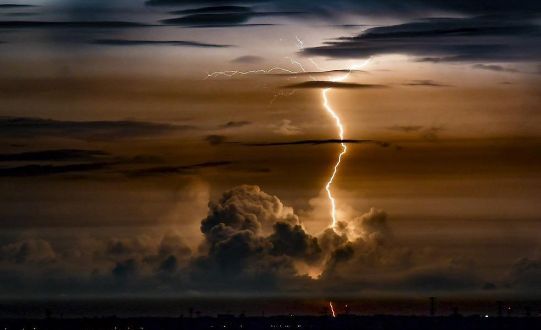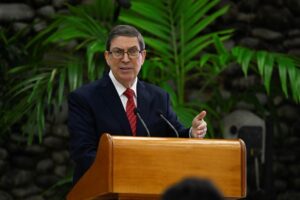
KOTA KINABALU: The latest rains in Sabah’s west coast, which entered their 10th day on Wednesday (Sept 17), are a clear reflection that weather and climate have become unpredictable amid global warming.
Climatologist Prof Dr Datuk Ramzah Dambul said this was a new reality that Sabah must prepare for with more proactive action to help victims.
He said instead of being reactive to natural disasters, which are occurring more often in recent years.
Prof Ramzah, who is Sabah Institute for Development Studies chief executive officer, said that infrastructure development has become too expensive to mitigate floods and other natural disaster-related issues.
He said people need to live with the badly damaged ecosystem.
“Honestly, I’m not pessimistic when it comes to infrastructure. But we’ve reached a stage where mitigation strategies have become far too expensive.
“The magnitude of the ‘wounds’ we’ve inflicted on our environment is simply too great. The best option now is to learn how to live with this reality, a damaged ecosystem, rather than trying to completely heal it,” he said when contacted.
He said Penampang, like many other low-lying districts, used to be a natural flood plain, serving to mitigate millions of litres of water.
“Now that ecological function has been destroyed,” he said, referring to the growing development in the district that once had large tracts of padi land that have been redeveloped for commercial and housing over the past three decades.
“How many ponds and underground ‘artificial rivers’ we need to dig to serve the same function? Simply impossible.
“The damage is irreversible,” he said.
Prof Ramzah said that he believed that the most practical strategies, considering the current reality, were to be prepared for the floods and other disasters.
“We have to live with the new reality. Because no matter how much investment you pour in in terms of infrastructure, the flood will still happen,” he added.
“One important game-changer in dealing with unpredictable disasters is the availability of ready-to-eat packed food in large quantities, so they can be deployed quickly to disaster centres,” Prof Ramzah said.
“I believe we should be better prepared in the future, not merely reacting, but anticipating.
“The State Disaster Coordination Committee is improving each year.
“However, I still think there should be wider, more coordinated participation from government agencies, GLCs, corporate/industries, and civil society movements,” he added.
The current rains since Sept 8 have triggered widespread flooding in six districts in Sabah.
Penampang is among the worst hit by the floods and landslides.
Four landslides on houses on slopes have killed 13 people in Kota Kinabalu, Penampang and Papar districts over the past five days.
Geologist Prof Dr Felix Tongkul has urged residents living close to or along hill slopes to be alert to any cracks appearing on the ground and to move out immediately.
He said the continuing rain has over-saturated the soil, triggering landslides.
He asked people to watch for any signs of ground movement, such as visible cracks on the ground and slanting of tree trunks.
“If this happens, quickly move out to safer areas,” Prof Tongkul, who is a fellow of the Academy of Science Malaysia (ASM) said.
As of 8am Wednesday (Sept 17), Sipitang in southwestern Sabah was declared the latest district to be hit by floods.
The other districts affected by floods and landslides are Beaufort, Penampang, Membakut, Papar, Putatan and Sipitang.
There were a total of 2,897 victims evacuated to 23 temporary relief centres in the five affected districts.
Of the total, Membakut recorded the highest number with 931 victims evacuated, followed by Penampang with 809 people.
Putatan recorded 559 victims evacuated, Papar with 317 people and Beaufort with 281 people.
In total, 108 kampungs were identified as affected by this disaster.
Of that number, flood-prone Beaufort recorded the most with 46 villages, followed by Penampang with 24 villages.




